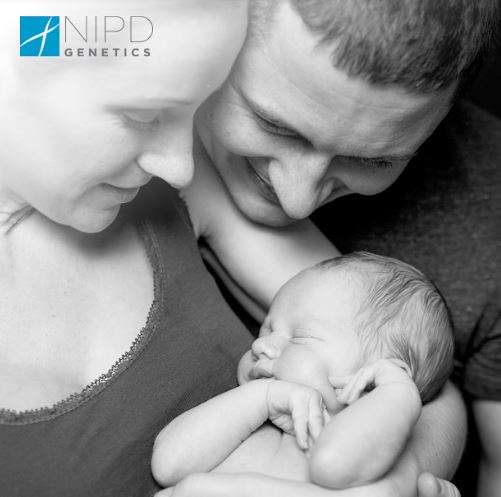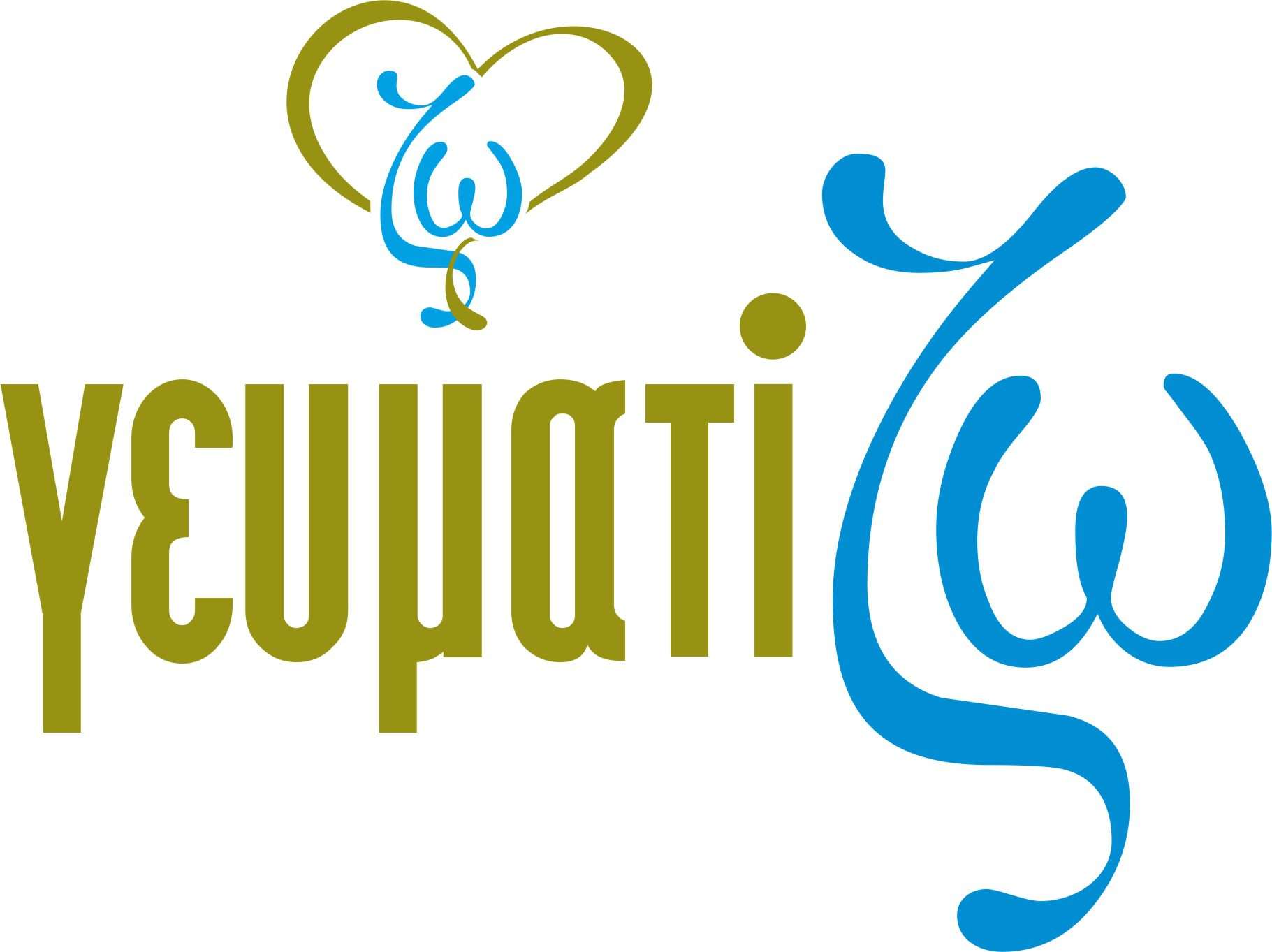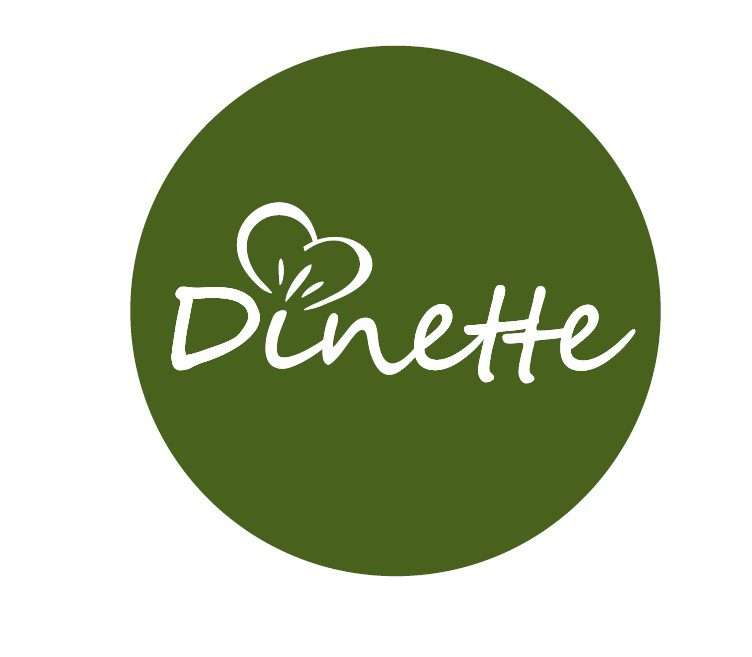September, Sickle Cell Awareness Month

Sickle cell disease (SCD) is one of the most common inherited blood disorders worldwide. Africa has the highest birth prevalence of SCD – 1,125 per 100,000 births compared to 43 per 100,000 births in Europe1. As this is an autosomal recessive disorder, two parents who are asymptomatic carriers of a sickle cell mutation (genetic change) have a 1 in 4 risk of having a child with SCD.
SCD hallmark trait is the crescent moon shape of the red blood cells (RBCs), which is also known as ‘sickle’ and gives the disease its name. The rigid shape of the RBCs is due to abnormal hemoglobin, a protein carried by the RBCs whose function is to transport oxygen throughout the body. Mutations on the HBB gene affect hemoglobin’s function and can cause many different forms and varying severity of SCD.
The misshapen RBCs can cause many complications, as they can get stuck in blood vessels, restricting the flow of other cells and slowing or blocking the transport of oxygen to the body – causing anemia. This causes painful crises episodes that may vary in intensity and length, which deprive tissues and organs of oxygen and nutrients and can overtime lead to organ damage2,3. The organs that are most affected are the lungs, kidneys, spleen and brain. Some patients suffer from chronic pain due to bone and joint damage caused by the disease. Sickled RBCs can block small blood vessels and lead to vision problems, stroke, pulmonary hypotension, heart failure and even death2,3,4. Individuals with SCD are more prone to frequent and severe infections, as the organs that help fight infections – like the spleen – become damaged and may need to be removed. Sickled cells break apart easily and have a 10 times shorter lifespan than normal RBCs. This can lead to shortage of RBCs, which in turn can cause anemia or acute chest syndrome due to low oxygen levels, and delay growth during puberty.
The only cure for SCD is a bone marrow transplant, which involves transferring blood-forming stem cells from a healthy donor to the patient’s bone marrow –which has been purposefully weakened or destroyed to avoid rejection of the new blood cells. This very risky procedure is only available to children under 16 years of age, as the risk of complications increases when a person gets older and develops damage to major organs. Current treatment is either preventative or palliative. Frequent blood transfusions where only the RBCs are donated can increase the number of healthy RBCs in the patients’ circulation. Iron chelation therapy may be needed to reduce the toxic iron buildup from the blood transfusions. Antibiotics like penicillin can help fight infections and are especially important when the spleen has been removed. Hydroxyurea, a medication also used in cervical cancer and leukemia, can make RBCs bigger and help prevent them from turning sickled by stimulating fetal hemoglobin production. While it may reduce the frequency of painful crises or the need for frequent blood transfusions, side effects can include increased infection risk, anorexia and infertility3. Experimental treatments like gene therapy, nitric oxide gas to help keep the blood vessels open, and drugs to boost fetal hemoglobin production are being examined. People with SCD can benefit from having a healthy diet, taking folic acid supplements which help the bone marrow make new RBCs, drinking plenty of water, avoiding temperature extremes and exercising regularly – without overdoing it. Carriers of sickle cell – sickle cell trait – rarely have any complications of SCD, but they may be more likely to experience heat stroke and muscle breakdown when doing intensive exercise.
Approximately 5% of the world’s population is a carrier of hemoglobinopathies, which include SCD and thalassemia5. Due to the high frequency and severity of SCD, many countries like the Unites States of America, the United Kingdom, France, and Spain include SCD in their national newborn screening programs to detect the disease early 6. SCD is also included in many carrier screening panels so that couples or individuals can get informed on their genetic status and reproductive options. Non-invasive prenatal testing (NIPT) for SCD is also available, with subsequent invasive procedures like chorionic villus sampling (CVS) or amniocentesis recommended to confirm disease presence in case of a positive NIPT result. Early diagnosis and treatment of SCD is important for the prevention and better clinical management of SCD-related complications.
Nowadays, the vast majority of SCD patients live well into adulthood in developed countries. In resource-poor countries, over 90% of children with SCD do not survive past childhood7. Globally, a 30% growth in the number of people with SCD is expected by 20507. This increase warrants the need to raise awareness and education on carrier screening, diagnosis and family planning for people affected by SCD, and to accelerate efforts for promoting the finding of new, innovative therapies, such as gene therapy, which hold the key to a cure for SCD.
NIPD Genetics has a comprehensive portfolio of products which includes testing of SCD in VERAgene NIPT, Adventia carrier screening and Oreana newborn screening. To learn more please visit www.nipd.com. Results, possible next steps and clinical management should always be fully discussed with your healthcare provider.
The content is intended only for informational purposes and should not be perceived as medical advice.
Dr. Skevi Kyriakou
Assistant Senior Scientist
Research & Development Department NIPD Genetics



